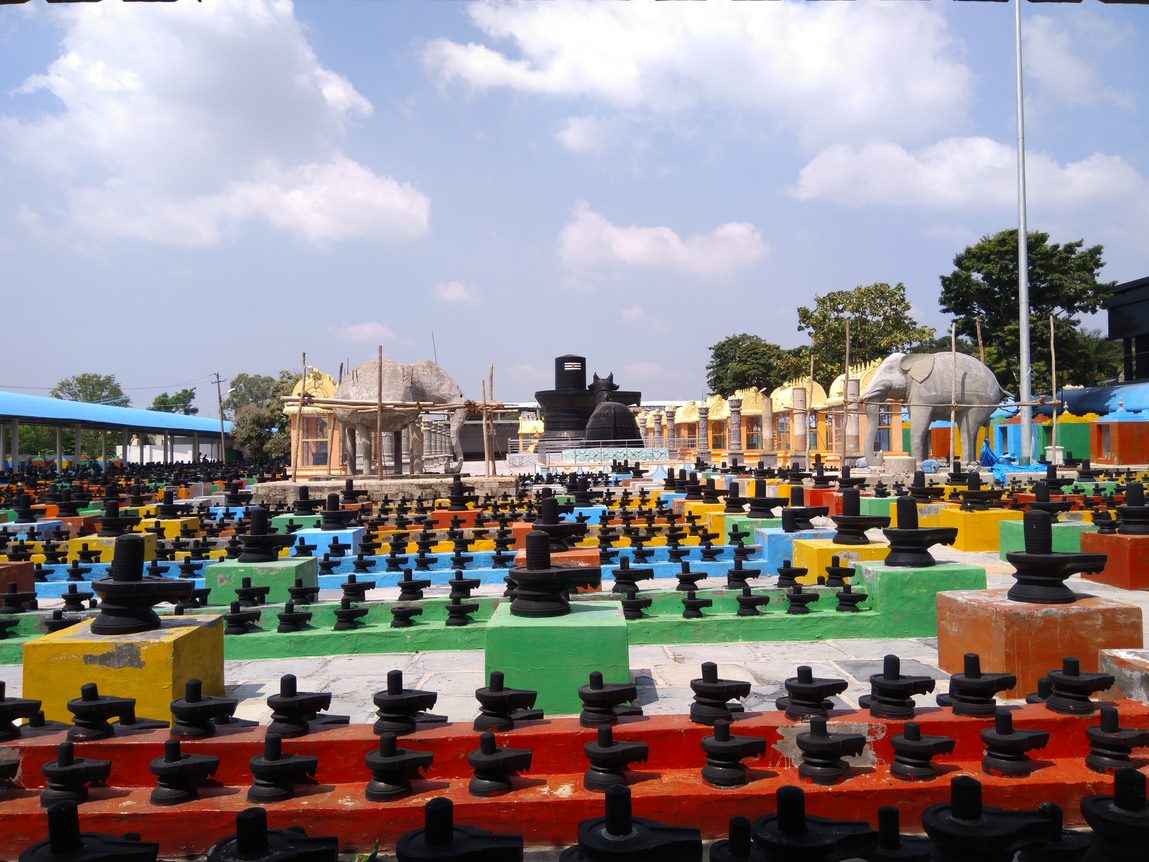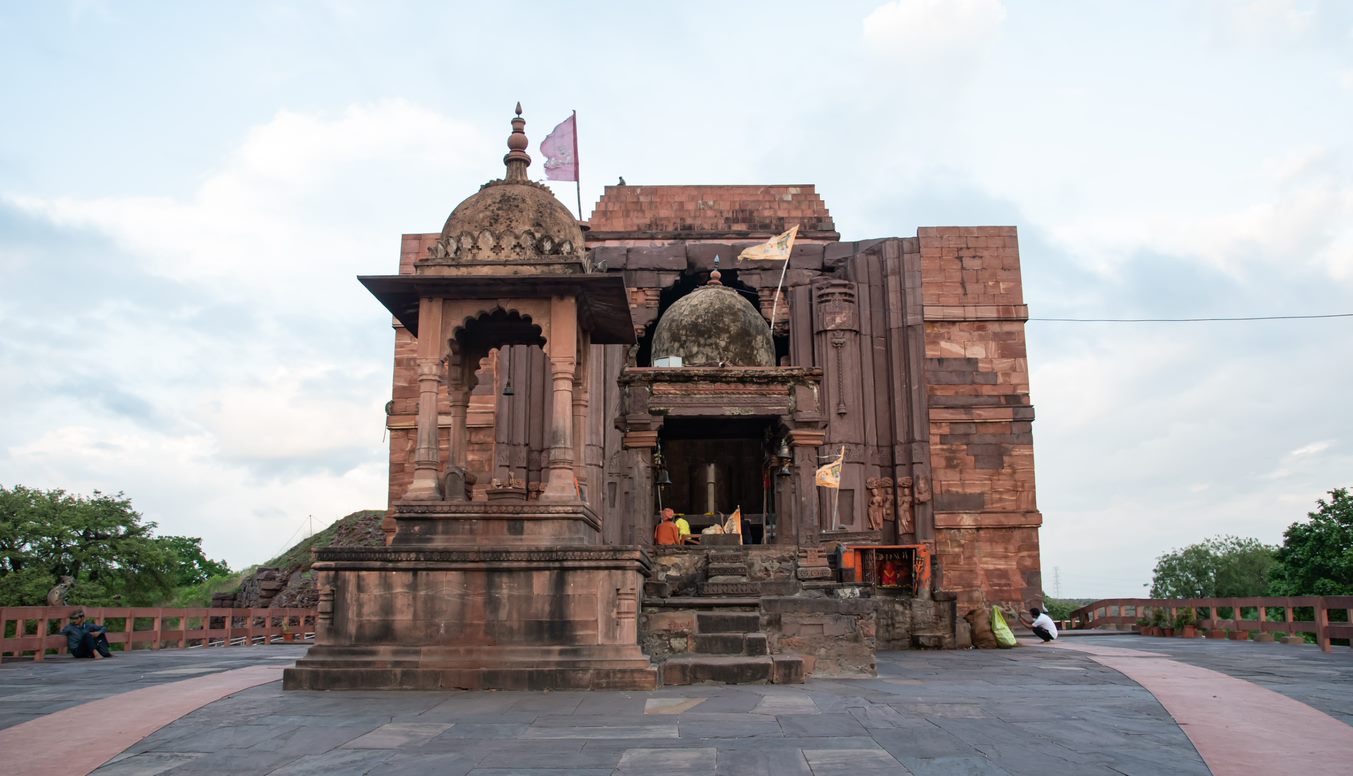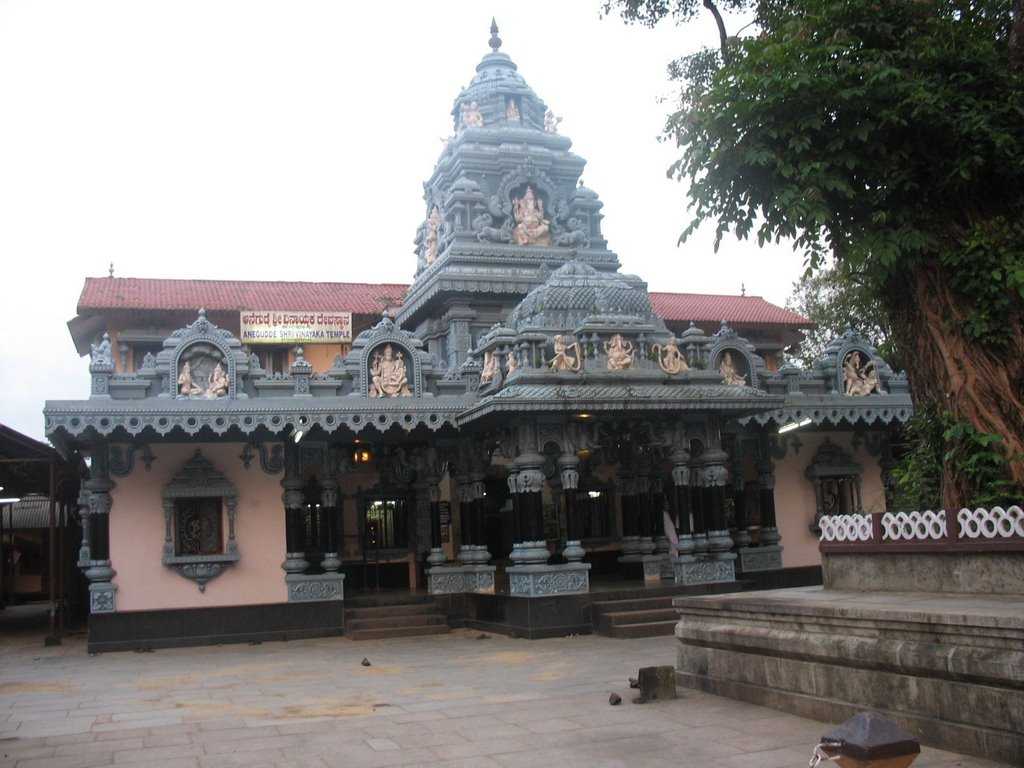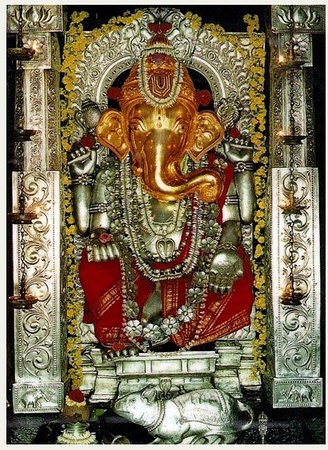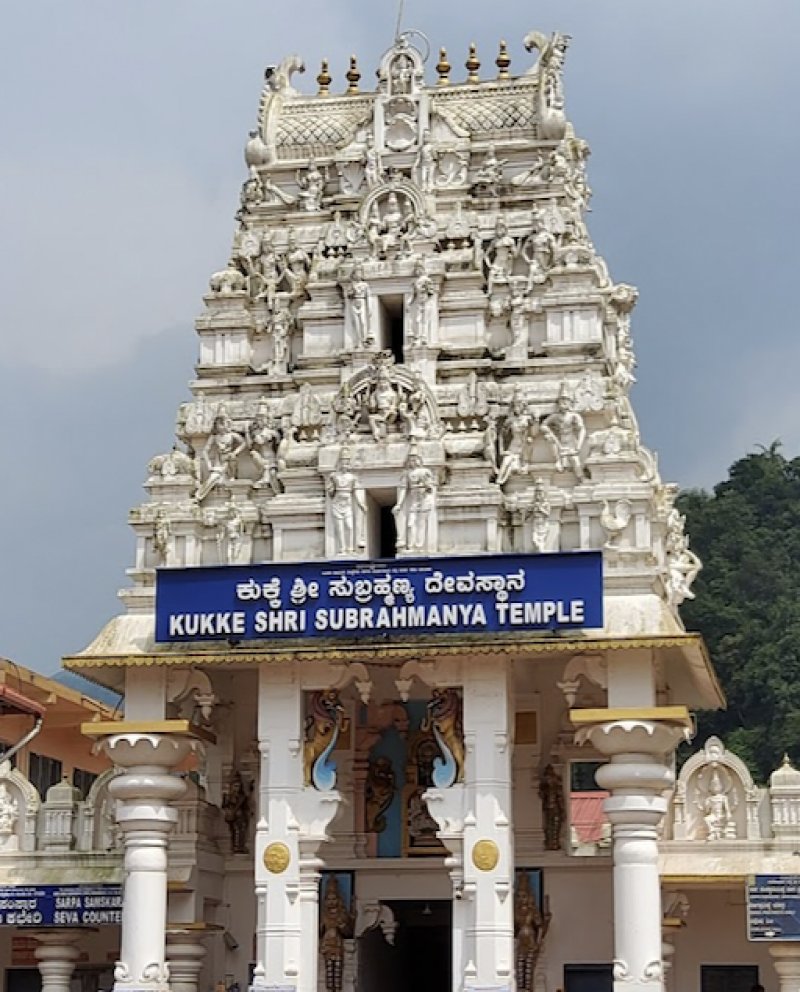Some little—some well known Indian temples
This is a tour of little and well known temples of tamilnadu
Monday, September 29, 2025
Saturday, September 27, 2025
Kedareswar karnataka
Kedareshwar Temple -Halebidu, Karnataka.
constructed by the Hoysala King Veera Ballala II and his queen Ketaladevi .
it is a Trikuta (three-shrined structure).
The Kedareshwara temple is another archaeological masterpiece, apart from the
It is made of soapstone before approximately 1219 AD and is dedicated to the Hindu God Shiva.
It is currently protected by the Archaeological Survey of India (ASI).
Wall panel relief of deities in the Kedareshwara temple at Halebidu
Friday, September 26, 2025
Virinchipuram Margabandheeswarar
So the Margabandheeswarar lingam can be seen in a slightly tilted position here.
Dhanabalan, a Kundala desa pepper merchant lost his loads to thieves. He prayed to Lord Shiva and He came as a soldier on a horse and not only retrieved the pepper loads but also accompanied Dhanabalan till Kanchipuram. Due to this He is called ‘Vazhi Thunai Nathar’ in Tamil and Margabandu in Sanscrit (Marga meaning way and Bandhu meaning company)
This temple is also known as ‘Baskara Kshetram’ because the Sun God is said to worship the linga when its rays fall on it in the month of Panguni; The name of the place as Virinchipuram came from the legend that the temple was worshipped by Brahma, i.e., Virinchi; The theertham of this temple is said to be produced by Gowri devi and so, this place is also known as Gowripuram; Vishnupuram and Margabandheeswaram are also the other names of the place.
This is the birth place of Sri Appayya Dikshithar (1520-1593), the greatest interpreter of Advaitha Sidhantha after Adhi Sankara. His Margabandhu stotram on this Margabandheeswarar is for the protection of people while on journey. By reciting this one can have Lord Shiva with them as Marga-bandhu (protector during journey) along their jouney
Bangaru kamakshi temple tanjore
History/Legend of the Temple
Sri Bangaru Kamakshi Amman Temple, located in Thanjavur, Tamil Nadu, is a revered Hindu temple dedicated to Goddess Kamakshi, an incarnation of Parvati. The temple has a rich historical and spiritual significance, tracing its origins to the Vijayanagara period. It is believed that the idol of Bangaru Kamakshi (meaning "Golden Kamakshi") was originally enshrined in Kanchipuram. During the Muslim invasions in the 16th century, the idol was secretly moved to Udayarpalayam, a small town near Ariyalur, to protect it from destruction. Later, in the 18th century, under the patronage of the Maratha rulers of Thanjavur, particularly Pratapasimha, the idol was installed in its current location. The temple is known for its unique rituals and traditions, with the goddess worshipped as a form of Shakti. Devotees believe that seeking the blessings of Sri Bangaru Kamakshi brings prosperity, peace, and fulfillment of desires. The temple continues to be an important pilgrimage site, attracting worshippers from all over Tamil Nadu.
Kalakkad siva…tirunelveli
Sri Sathya Vageeswarar Temple, Kalakkad, Thirunelveli District,
Kalakkad is also called as Kalakkadu. The full name of the Temple is Gomathi Ambal Udanurai Sathyavageswarar Temple. The Presiding Deity of this Temple is Lord Sathya Vageeswarar ….Lord Shiva.
Lord Sathya Vageeswarar is in the form of a self manifested Swayambu Lingam.
Goddess Gomathi occupies another East facing Sub Shrine and is in a standing posture.
This Temple has a 9 tiered 135 ft East facing Rajagopuram
This Temple was built by Pandaya Kings in 13th century but later developed by the Nayak's and Vijayanagara Kings.
There are many Yazhi Pillars, 200 Mural and nearly 1500 Stuccos which showcase the crafty and artistic works of Nayaks.
The deft hands of the workers and masons of those days could be seen in the Maha mandabam and the Artha Mandabam.
Travancore King Boothala Veera Udaya Marthanda commissioned a hall of musical pillars in this Temple.
This Place is also called as Cholanadu, Vallipuram and Vanavan Naadu.
Saint Appar had recited Verses in praise of the Deity and hence this Temple is known as Thevara Vaipu Sthalam. It is also known as Pancha Aasana Sthalam
(the other remaining 4 are Eravadi Shiva Temple, Nanguneri Shiva Temple, Vijayanarayanam Shiva Temple and Shenbagaramanallur Shiva Temple. )
The Temple gains importance since its loaded with Inscriptions.
As per the legend, Sita was kidnapped in the forest of Kalakkad and hence the place is also known as Chorakadavi. Rama and Lakshmana were searching for Sita; they prayed to Lord Shiva who was seated under a Punnai tree in this site. He assured them success. After successfully rescuing Sita, both the brothers returned here and they named Shiva as Satyavageeswarar which means Lord of Truth.
Thirukkurungudi perumal
Vaishnava Nambi and Thirukurungudivalli Nachiar Temple in Thirukkurungudi, a village in Tirunelveli district in the South Indian state of Tamil Nadu, is dedicated to the Hindu god Vishnu. It is located 45 km from Tirunelveli. Constructed in the Dravidian style of architecture, the temple is glorified in the Naalayira Divya Prabandham, the early medieval Tamil canon of the Alvar saints from the 6th–9th centuries CE. It is one of the 108 Divya Desamsdedicated to Vishnu, who is worshipped as Vaishnava Nambi and his consort Lakshmi as Thirukurungudivalli.[1] The temple is locally referred as
Dakshina Vaikuntam, the holy abode of Vishnu.
Valliyur murugan
This ancient Murugan temple is located at Valliyur, near Nanguneri, not far from Tirunelveli and Kanyakumari. Valliyoor is located on the Kashi-Kanyakumari highway, it is at 30 milestones from Tirunelveli and 60 kms from Tiruchendur. The Valliyoor Murugan temple is located in close proximity to the Valliyoor railway station. It has been revered by the Tiruppukazh hymns of Arunagirinathar.
The presiding deity here is Subramaniyar, and the sanctum enshrines an image of Murugan with that of his consort Valli. The temple has a rock-cut sanctum carved out of a hill and several mandapams surrounding it. There are also shrines to Natarajar and Dakshinamūrti here. The Saravanapoikai tank is located adjacent to the hill. The diamond studded Vel held by Subramaniyar is of great beauty.
Legend has it that Indra and Agastyar worshipped Subramanyar here. Legend also has it that the Saravanapoikai tank was created when Murugan struck his spear to the ground, upon being requested by his consort. Benefits of visiting Valliyoor No one has ever returned empty-handed from the Valliyoor Murugan temple. Childless couples have visited Valliyoor, prayed and have come back to pay their respects after their wish was fulfilled by Lord Muruga. Valliyoor Murugan looks at you and says – “Yamirukka Bhayamen” (Why fear when I am here) and that sums up the power of this shrine which is located amidst picturesque Mahendragiri hills. |
Marga Bandu.
- 1300 years old temple – the oldest and the biggest temple of Vellore district
- Gowri Devi, Lord Brahma, Lord Vishnu and Lord Sriharan had worshipped here
- The temple is famous for its prahara walls and the sculptures
- Aadhi Shankarar had done the Beejakshara Pradhishtai to the Simha theertham of the temple
- Arunachala Puranam, Siva Rahasiyam, Kanchi puranam and many other holy books have described this temple
Kodumudi temple
Main deities: Tri moorthies – Brahma Vishnu and Shiva
- Lord Shiva in the form of Swayambu lingam in the names of Magudeswarar, Paandi Kodumudi Nathar, Malaikozhundheeswarar etc., with Goddess in the names of Soundhravalli, Soudambikai, Vadivudainayagi.
- Lord Mahavishnu is in the name of Veera Narayana Perumal in sayana posture with Goddess Thirumangai Nachiyar (Maha Lakshmi).
- The 3000 years old living Vanni tree itself is considered Lord Brahma of this temple and has no Goddess part.
- One of the 275 important Shiva temples glorified by Thevara hymns. Sambandhar sung 11 songs, Appar sung 5 songs and Sundharar sung 10 songs on Lord Magudeshwara of this temple. Sundarar composed his Namachivaaya Patikam here.
- Saint Arunagirinathar sung “Thirupugazh” on Lord Muruga of this temple.
Agasthyar got the marriage dharshan of Lord Shiva here.
Bharadwajar got the dharshan of Lord shiva’s dance here and there is also a Bharadwaja theertham inside the temple.
This is the place where river Cauvery was relieved of the curse of Sage Agasthiar (he had captured her in a kamandalam). Vinayagar, at the behest of Lord Shiva, took the form of a white crow and dropped down the kamandalam here liberating the Cauvery to continue her flow.
Surprisingly, in support of this legend, the river Cauvery which flows southwards till here takes an exact 90 degree East turn here. The vinayagar here in the inner pariharam of Shiva shrine is named as “Kaviri Kanda Vinayagar”. It seems there is a rock in the middle of the river here that has the rock cut image of this legend.
For further details
Taraknath bengal
The Taraknath temple, dedicated to the Hindu god Shivaworshiped as Tarakanatha, is a major pilgrimage spot in the town of Tarakeswar, West Bengal, India. Built in 1729, the temple is an atchala structure of Bengal temple architecture with a 'natmandir' in front. Close by are the shrines of Kali and Lakshmi Narayan. Dudhpukur, a tank to the north of the Shiva temple is believed to fulfil the prayers of those taking a dip in it.[1] It is also considered one of the 64 Jyotirlinga according to Shiv Puran.
Baba Taraknath also known as Baba Tarakeshwar or Baba Tarakeshwarnath. He is a violent (Ugra) form of Lord Shiva who drank venom (Vish) during Samudra-manthan. Tarakeshwarnath is the husband of Bhagwati Tara. His shivalinga is also situated in Bengal, a few kilometres away from Tarapith. He grants his devotees a good health and life from which anything can be achieved.
Bhojpur shiva
Thursday, September 25, 2025
Brahmapureeswarar trichy
Khumbashi vinayka aneguddi
Anegudde village is located at a distance of 9 km south of Kundapura, in Udupi District. Anegudde is also popularly called as Kumbashi. The name Kumbhashi is said to be derived from demon Kumbhasura. According to the history, when drought hit this area, Sage Agasthya performed penance to appease the Varuna, the Rain God. During the penance, demon Kumbhasura started troubling the sages. Bheemasena gets weapon from Lord Ganesha to kill Kumbahasura and assassinate him at this place. Anegudde is rewarded one of the seven ‘MuktiSthalas’ of Karnataka (Parashuramakshetra). The temple at Anegudde is dedicated to Lord Vinayaka (Ganesha).
Anegudde is the combination of two words – ‘Aane’ meaning ‘Elephant’ and ‘Gudde’, which stands for ‘hillock’ as it is the abode of the elephant-headed god, Lord Vinayaka
Kukke subramanya mangalore
Nestled between hills, this pilgrim center is famous for the 5000 years old Kukke Subramanya temple on the banks of Kumaradhara river. The epics narrate how the divine serpent Vasuki and other snakes took refuge under Lord Subrahmanya, in the caves. Here Lord Subrahmanya is worshipped as a snake and pooja is offered to Him, who is merged with serpent king Vasuki. Hence, believed to be the ultimate solace for salvation from any sort of Naga Doshas. A ritual dance called Nagamandala is also performed here.
History: Kukke Subramanya is one of the seven holy places created by Saint Parashurama. Divine serpent Vasuki is believed to have taken refuge in Kukke Subramanya while being hunted by Garuda (legendary bird and official vehicle of Lord Vishnu). Lord Kumaraswamy and his brother Lord Ganesha are said to have killed demon rulers Tharaka and Shura Padmasurya in Kumara Parvatha near Kukke Subramanya. Post victory, Lord Kumaraswamy married the daughter of Indra- Devasena. All major gods attended the wedding event, bestowing divine powers to the place.
Popular rituals: Ashlesha Bali (prayers seeking protection from black snake) and Sarpa dosha parihara (removal of any curse of snake god) are two popular puja rituals offered at Kukke Subramanya Temple.
Lakshmi narasimhar sholingur
Sholingur is also known as Kadigachalam ( Thirukkadigai. திருக்கடிகை) The name Kadigachalam came as the Lord gave darsan to the Saptharishi for a kadigai time (approximately 24 minutes ) and gave mukthi. It means that if one stays at this place for a Kadigai time and prays the lord, all his sins will go away. Chalam denotes Hill. Hence this place is known as Kadigachalam. He gave darshan to Baktha Prahalatha also in Yoga posture. Thirumangai and Pey azhvar worshipped this place with their pasuram and hence it is one of the oldest Temples. Vaishnava teachers denote this place as Chozhasimhapuram also linking it with Chozha King Karikalan.
Lord Anjeneya who is also in yoga posture said to have helped Indrathymna Maharaja in killing the Arakkan Nikumban and saved his country. .It happened on a Sunday and hence evey Sunday is an important one for Sri Anjaneyar here. People take a bath in the Chakkra Theertham in the uphill of Chinna malai and worship the Lord.
It is believed that any person visiting the temple and spending 24 minutes on the hill will attain moksham.The Lord is said to cure the devotees of Mental disability and chronic diseases.One can easily finish off both the temples in half a day's time..so plan your trip accordingly. Although the steps have shelter now to protect the devotees from hot sun, it is better to stay early.
There are lots of monkeys on both the hill..the best way to stay safe from the monkeys is by not teasing them and not carrying anything in the hands that is visible..preferably dont carry anything..there is a shop midway that sells juices and snacks. Also different types of prasadam are available in the temple premises. So one is advised not carry any food item with them.
 |
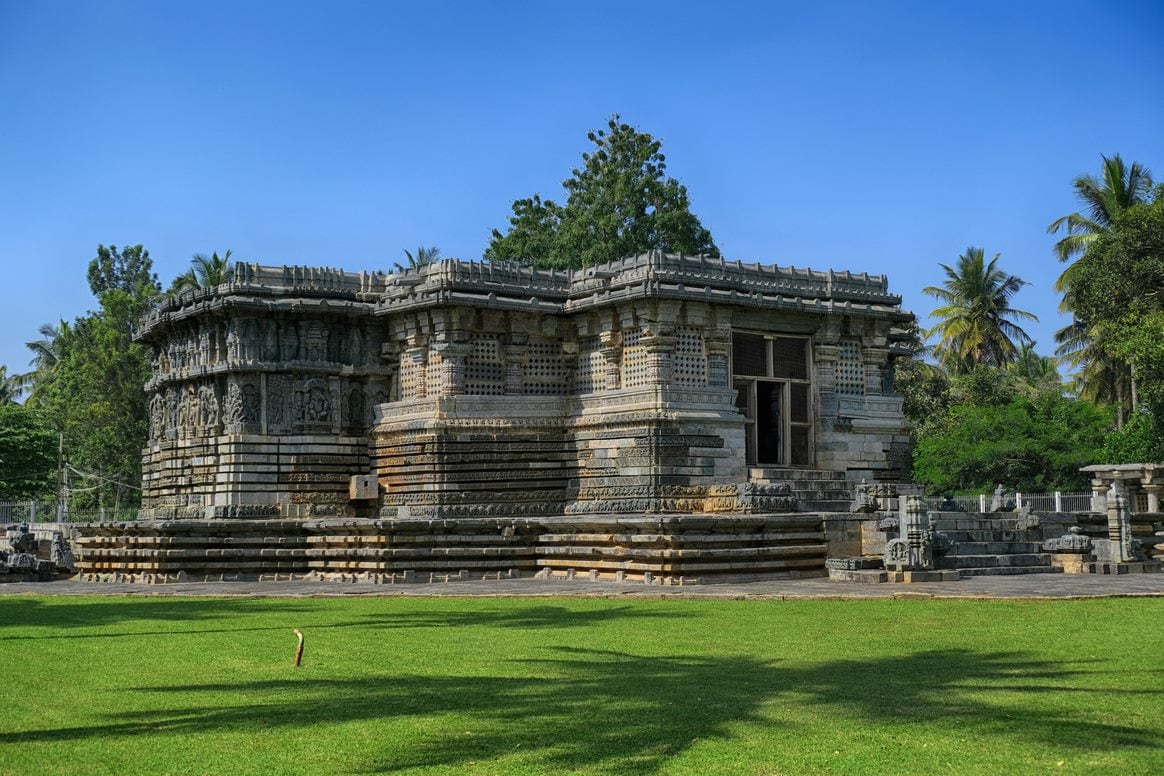

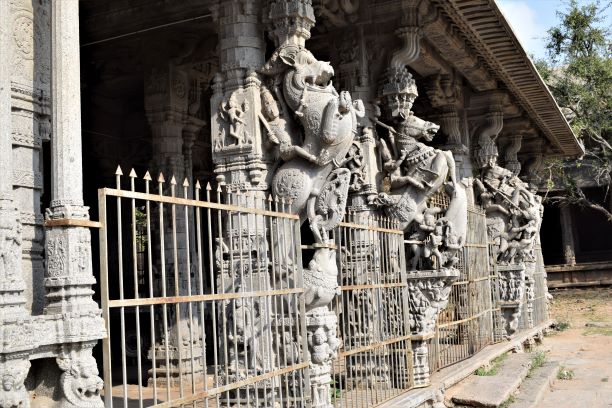


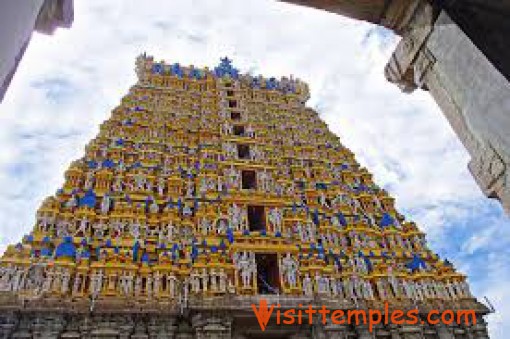
.JPG)
.JPG)



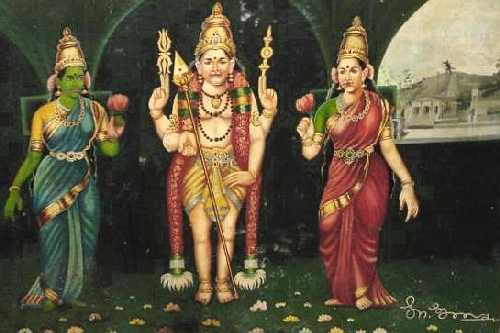




.jpg/1920px-Kodumudi_(11).jpg)




